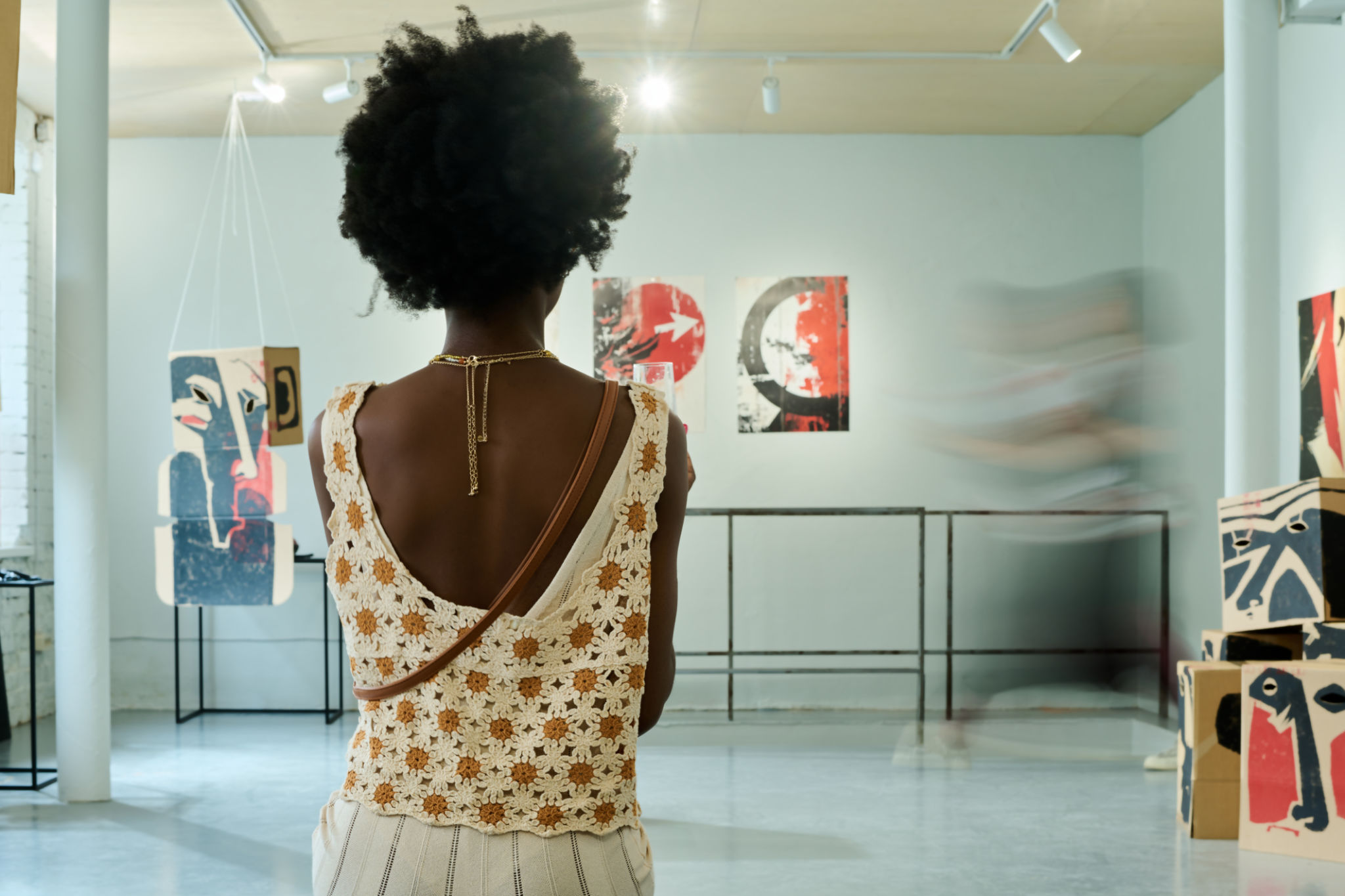Discovering Afrocentric Art Pieces: A Cultural Journey
Embarking on a journey to discover Afrocentric art pieces is more than just an exploration of aesthetics; it is a deep dive into the rich tapestry of African culture and heritage. These artworks not only embody the creativity and resilience of African communities but also serve as a powerful medium for storytelling and historical reflection.
Afrocentric art is characterized by its vibrant colors, intricate patterns, and profound symbolism. Each piece tells a unique story, drawing from traditional African folklore, rituals, and daily life. This art form celebrates the beauty, struggles, and triumphs of African societies, offering a window into the myriad cultural landscapes across the continent.

The Roots of Afrocentric Art
The origins of Afrocentric art can be traced back to ancient African civilizations. From the majestic sculptures of the Nok culture in Nigeria to the intricate beadwork of the Maasai people in Kenya, these early artworks laid the foundation for what would become a diverse and dynamic art movement.
Many of these traditional art forms continue to influence contemporary Afrocentric artists. By blending ancient techniques with modern themes, today's artists create pieces that resonate with both historical significance and contemporary relevance.

Modern Interpretations and Influences
Contemporary Afrocentric art is a fusion of tradition and innovation. Artists incorporate various mediums such as painting, sculpture, textiles, and digital art to express their unique visions. This blend of old and new allows for a dynamic dialogue between past and present, offering fresh perspectives on African identity and experience.
The global diaspora has also played a significant role in shaping Afrocentric art. Influences from African American, Caribbean, and other African-descended communities have enriched this art form, creating a vibrant tapestry of styles and narratives.

The Impact and Significance
Afrocentric art is more than just a visual experience; it is a cultural movement that seeks to empower and educate. By highlighting African stories and perspectives, these artworks challenge stereotypes and promote a greater understanding of African contributions to global culture.
Collectors, museums, and galleries worldwide are increasingly recognizing the importance of Afrocentric art. This growing appreciation not only supports artists but also fosters a greater appreciation for African heritage and its global impact.

Exploring Afrocentric Art Today
For those interested in discovering Afrocentric art, there are numerous avenues to explore. Visiting local galleries, attending art fairs, and engaging with online platforms dedicated to African art can provide a deeper understanding and appreciation of this rich cultural expression.
Supporting Afrocentric artists not only preserves this vital art form but also contributes to a broader cultural dialogue. By celebrating these works, we acknowledge the diverse voices and stories that make up the global cultural mosaic.
In conclusion, discovering Afrocentric art is a journey of cultural enrichment and self-discovery. It is an invitation to explore the vibrant history and creativity of African people, offering a profound connection to a heritage that continues to inspire and captivate.
